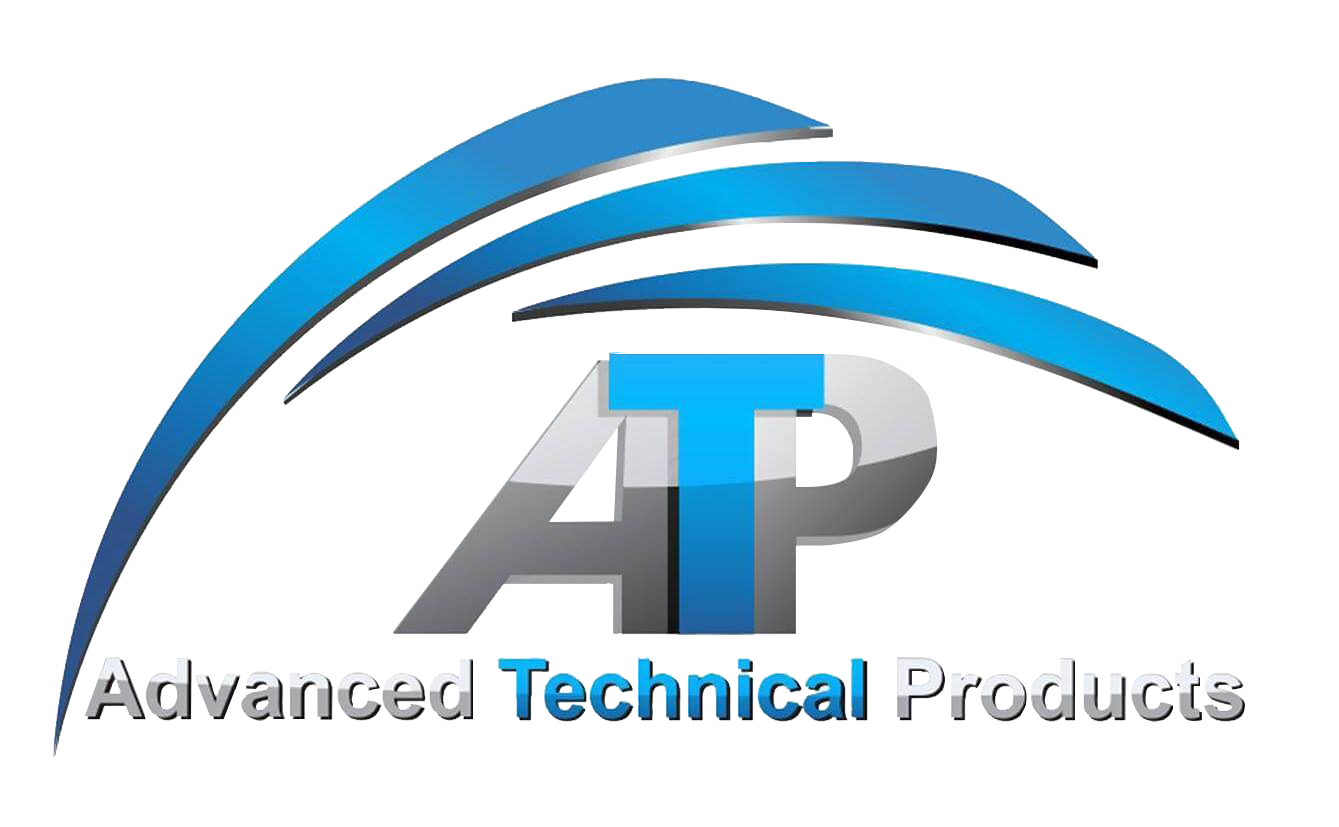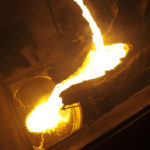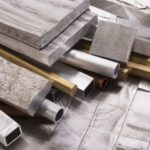Nitriding (N) and nitrocarburizing (NC) are thermochemical treatments that diffuse nitrogen and carbon into the surface of metals. Nitriding is used on ferrous, titanium, aluminum, and molybdenum alloys, and most commonly on low-carbon, low-alloy steels. Nitrocarburizing is only used on ferrous alloys. They improve surface properties of metal components and tools such as scuff and corrosion resistance, and increase the fatigue strength.
Nitriding is a lengthy process and, depending on the case depth requirements, may take 4 to 60 hours or more. Nitrocarburizing is much quicker and takes 0.5 to 6 hours. The number of parts (mass of the load) processed may affect how long it takes the furnace to get up to the required temperature but does not affect nitriding/soaking time.
Plasma nitriding is done in a vacuum chamber which serves as the anode with the part to be nitrided, a crankshaft, serving as the cathode. Nitrogen ions bombard the part and form active nitrogen that reacts with surface and diffuses nitrogen into the steel. The plasma-glow discharge surrounds the load and it can be seen through the port window.
The processes boost the surface hardness of treated parts. For example, the typical starting hardness of steel is about 30 HRc. After treatment, it can be as high as 1,200 HV or 72 HRc for stainless steels, and Nitralloy135 M. The processes also increase abrasion and wear resistance, and improves bending and/or contact fatigue properties. For example, nitriding increased the bending fatigue strength of 3% Cr-Mo from 480 to 840 MPa (a 75% improvement). And the rolling contact fatigue time-to-failure of M50 steel bearing components was increased by a factor of 10. The processes also decrease a part’s coefficient of friction. The processes also form a thin, corrosion-resistant layer of iron oxide/magnetite, which significantly increases corrosion resistance.
Surface-dependent properties of components, such as their bending and torsional and rolling contact fatigue resistance are increased. Many of the surface improvements stem from increased compressive stresses. These are due to an increase in the specific volume of steel at the surface from the nitrogen diffusion.






